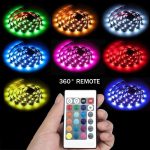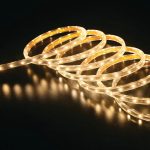The History of LED Light Bulbs: Invention and Evolution
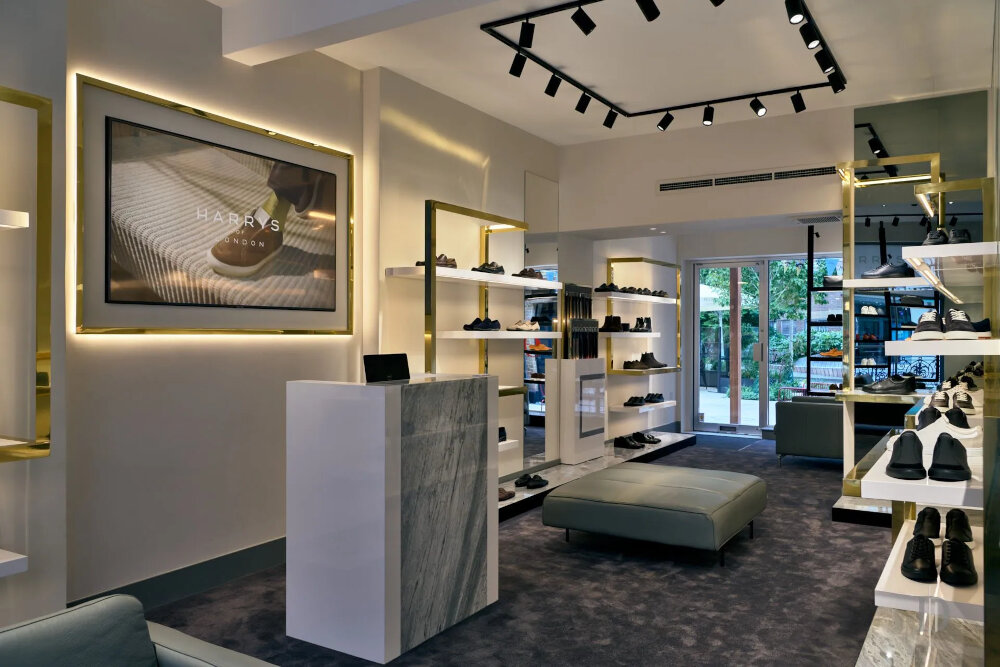
The history of LED light bulbs is a captivating story that takes us back to the early 20th century when the first experiments with light-emitting diodes (LEDs) were conducted. LED bulbs have come a long way since their inception, and today they are widely used in various applications, from homes and offices to cars and airplanes. In this article, we will delve into the invention and evolution of LED light bulbs, exploring the technological advancements that have made these bulbs one of the most energy-efficient and eco-friendly lighting solutions available today. The story of LED light bulbs begins with the discovery of electroluminescence in 1907 by British scientist H. J. Round. However, it wasn’t until the 1960s that the first practical application of LEDs was developed, in the form of indicator lights for electronic devices. The first LED bulbs were far from the highly efficient, bright, and long-lasting bulbs we know today. They were expensive, produced very little light, and were only available in red or green. It wasn’t until the 1990s that LED technology began to advance rapidly, leading to the development of white LEDs and the creation of LED bulbs that could produce enough light to be used for general lighting applications.
The early years of LED technology
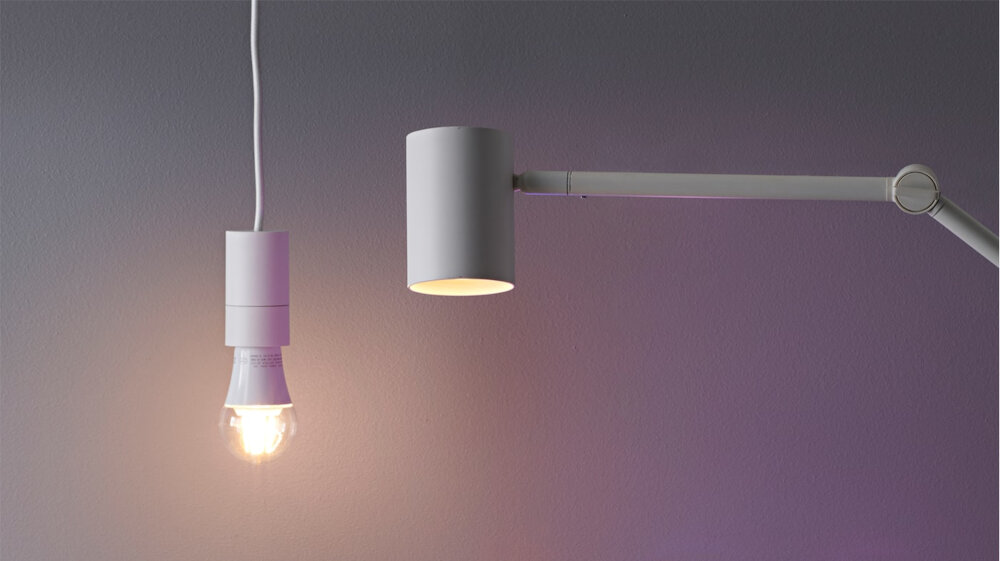
The early years of LED technology were marked by significant breakthroughs in the field of semiconductor materials. In the 1950s, researchers discovered that certain materials could emit light when a current was passed through them. This phenomenon, known as electroluminescence, paved the way for the development of LED technology. Early LED devices were inefficient and emitted only low levels of light, but researchers continued to refine the technology and improve its performance. By the 1960s, LEDs were being used in a variety of applications, including electronic displays and indicator lights. However, it would be several more decades before LED technology was advanced enough to be used in lighting applications. One of the key challenges in developing LED lighting was creating a device that was bright enough to be used for general illumination. In 1994, researchers at the University of Cambridge developed a blue LED, which was a major breakthrough in the field. Blue light could be combined with red and green LEDs to create a full spectrum of colors, making it possible to produce white light. This was a critical step in the development of LED lighting, and it paved the way for the creation of energy-efficient, long-lasting LED bulbs. Today, LED lighting is rapidly replacing traditional incandescent and fluorescent bulbs in homes, businesses, and public spaces around the world.
The discovery of LED technology is one of the most significant breakthroughs in the history of lighting. The first LED was invented in 1962 by Nick Holonyak Jr., a scientist at General Electric, who used a semiconductor material to produce light. This discovery revolutionized the lighting industry by providing a more energy-efficient and long-lasting alternative to traditional incandescent bulbs. LED technology has continued to evolve over the years, with advancements in materials and manufacturing processes leading to brighter and more efficient LEDs. Today, LED lighting is used in a wide range of applications, from household lighting to automotive and outdoor lighting, and is quickly becoming the preferred choice for its many benefits, including energy efficiency, durability, and versatility.
The first LED light bulb was invented in 1962 by Nick Holonyak Jr., a researcher at General Electric. Holonyak’s LED was made of gallium arsenide and emitted a red light when electrically charged. This breakthrough in lighting technology was a game-changer, as it offered a more energy-efficient and longer-lasting alternative to traditional incandescent bulbs. However, it wasn’t until the 1990s that LED technology began to gain wider use, as researchers developed LEDs that could emit white light and be used in a wider range of applications. Today, LED bulbs are ubiquitous, found in everything from streetlights to car headlights to household lamps, and are seen as a key part of efforts to reduce energy consumption and combat climate change.
LED technology was first developed in the early 1960s, but it wasn’t until the 1970s that practical applications began to emerge. One of the earliest uses of LED technology was in calculators and digital watches, where the low power consumption and long lifespan of LEDs made them an ideal choice for display screens. As the technology improved, LEDs began to be used in a wider range of applications, including traffic lights, automotive lighting, and medical equipment. By the 1990s, LED technology had advanced enough to be used in general lighting applications, and today LED light bulbs are a popular and energy-efficient alternative to traditional incandescent bulbs.
LED technology in the 21st century

In the 21st century, LED technology has significantly evolved, transforming the way we light up our homes, offices, and cities. LED lighting is now more efficient, long-lasting, and versatile than ever before. LEDs have become an indispensable part of our daily lives, from traffic lights to smartphones, from televisions to automotive lighting. The LED technology has revolutionized the lighting industry, and it has become the preferred choice for lighting solutions for both residential and commercial applications. The latest advancements in LED technology have brought forth several benefits, including energy efficiency, durability, and sustainability. LEDs consume significantly less energy than traditional incandescent bulbs, making them more cost-effective and environmentally friendly. The LED lighting industry has also made significant strides in improving the durability of LED bulbs, making them last up to 25,000 hours or more, which is several times longer than traditional bulbs. Additionally, LEDs are highly customizable, allowing designers to create lighting solutions that are tailored to specific needs and requirements. With these benefits, LED technology is poised to become the dominant lighting technology of the 21st century, replacing traditional lighting solutions and paving the way for a brighter and more sustainable future.
The advancements in LED technology have been remarkable, and they continue to improve at an incredible rate. LED lights have become more efficient, affordable, and versatile than ever before. The latest LED bulbs are capable of producing a wide range of colors, including warm and cool whites, as well as a full spectrum of colors for decorative purposes. The lifespan of LEDs has also increased significantly, with some bulbs lasting up to 50,000 hours or more. Additionally, the development of smart LED bulbs has revolutionized the way we interact with lighting, allowing us to control brightness, color, and scheduling from our smartphones. Overall, the advancements in LED technology have made them a great choice for energy-efficient lighting that can meet any need.
The emergence of LED lighting has revolutionized the way we think about illumination. LED stands for Light Emitting Diode, which is a semiconductor device that emits light when an electric current passes through it. The first LED was invented in 1962, but it was not until the 1990s that LED lighting became commercially viable due to advancements in technology. Since then, LED lighting has rapidly gained popularity for its energy efficiency, long lifespan, and versatility in design. It has replaced incandescent and fluorescent bulbs in various applications, including residential and commercial lighting, automobile headlights, and digital displays. Moreover, the continued development of LED technology promises even more energy savings and innovative designs in the future.
LED lighting has become an essential part of our everyday life, from lighting up our homes and offices to illuminating our streets and public spaces. Thanks to their energy efficiency, durability, and versatility, LEDs have replaced traditional incandescent and fluorescent bulbs in many applications, reducing energy consumption and carbon emissions while providing brighter and more reliable light. LED technology has also enabled new forms of lighting design, such as color-changing and programmable LEDs, that enhance the ambiance and aesthetics of indoor and outdoor environments. Furthermore, LEDs have revolutionized the field of electronics, enabling the development of high-performance displays, sensors, and optoelectronic devices. As LED technology continues to evolve, we can expect even more innovations and applications that will transform the way we see and interact with light.
Benefits of LED lighting
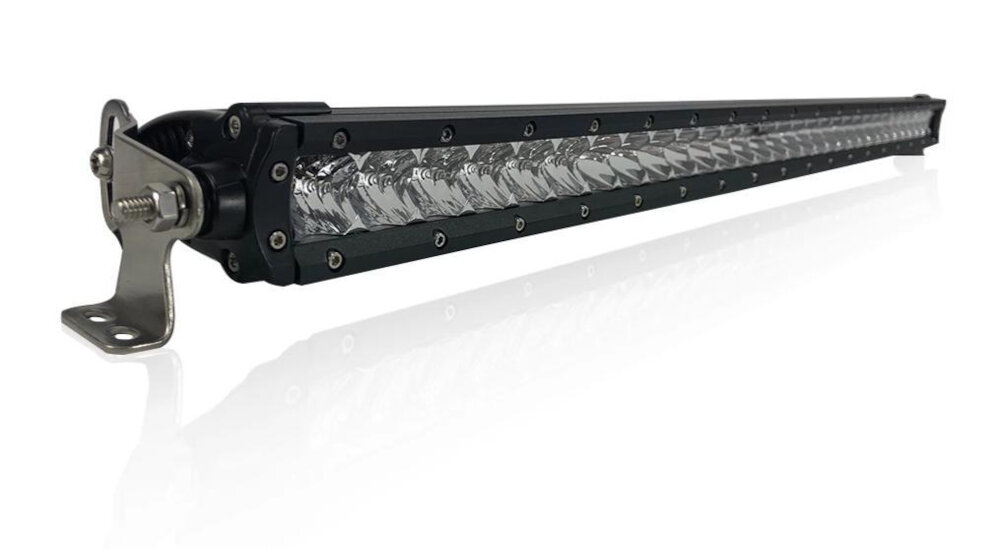
In recent years, LED lighting has become increasingly popular due to its numerous benefits. LED lights are highly efficient and use significantly less energy than traditional incandescent bulbs. They are also extremely durable and can last up to 25 times longer than traditional bulbs. This makes LED lighting a cost-effective solution for both homeowners and businesses alike. Additionally, LED lights do not contain any harmful chemicals, such as mercury, which are commonly found in traditional bulbs. This makes LED lighting a safer and more eco-friendly option for those looking to reduce their environmental impact. Another major benefit of LED lighting is its versatility. LED lights can be used in a wide variety of applications, from residential and commercial lighting to automotive and even medical applications. They are available in a range of colors and can be easily adjusted to suit any lighting needs. Additionally, LED lights are highly customizable and can be programmed to produce a variety of effects, such as dimming, flashing, and color-changing. This makes LED lighting an ideal choice for creating unique and dynamic lighting displays, both indoors and outdoors. Overall, the benefits of LED lighting make it an attractive option for those looking to save money, reduce their environmental impact, and create unique and versatile lighting solutions.
Energy efficiency is a crucial aspect of modern day living, and one of the most significant ways to achieve it is through the use of LED light bulbs. The evolution of LED lighting technology has brought about a paradigm shift in the way we consume energy, with energy savings of up to 80% compared to traditional incandescent bulbs. LED bulbs are designed to convert most of the energy they consume into light, with minimal loss as heat, which makes them not only more efficient but also longer lasting. The impact of energy-efficient lighting on the environment cannot be overstated, and the adoption of LED technology is a positive step towards a more sustainable future.
Durability and longevity are two important aspects that have made LED light bulbs popular in recent years. Unlike traditional incandescent bulbs, LED bulbs have a lifespan of up to 25,000 hours, which is almost 25 times longer. This means that LEDs can last for several years and require less frequent replacements, ultimately reducing waste and saving money. Additionally, LEDs are more durable than their counterparts, as they are resistant to shock, vibrations, and extreme temperatures. These features make them ideal for outdoor and industrial applications where durability is essential. As LED technology continues to evolve, we can expect to see even more durable and long-lasting products in the market.
One of the significant advantages of LED lights is their environmental benefits. LED bulbs are more energy-efficient and consume less electricity compared to traditional incandescent bulbs. They also have a longer lifespan, which means less waste and fewer resources used in the manufacturing process. Additionally, LED lights do not contain harmful chemicals, such as mercury, which is present in compact fluorescent bulbs. This feature makes them safer for both humans and the environment. Overall, the invention and evolution of LED light bulbs have contributed positively to reducing the carbon footprint, conserving energy, and preserving the environment.
Future of LED lighting
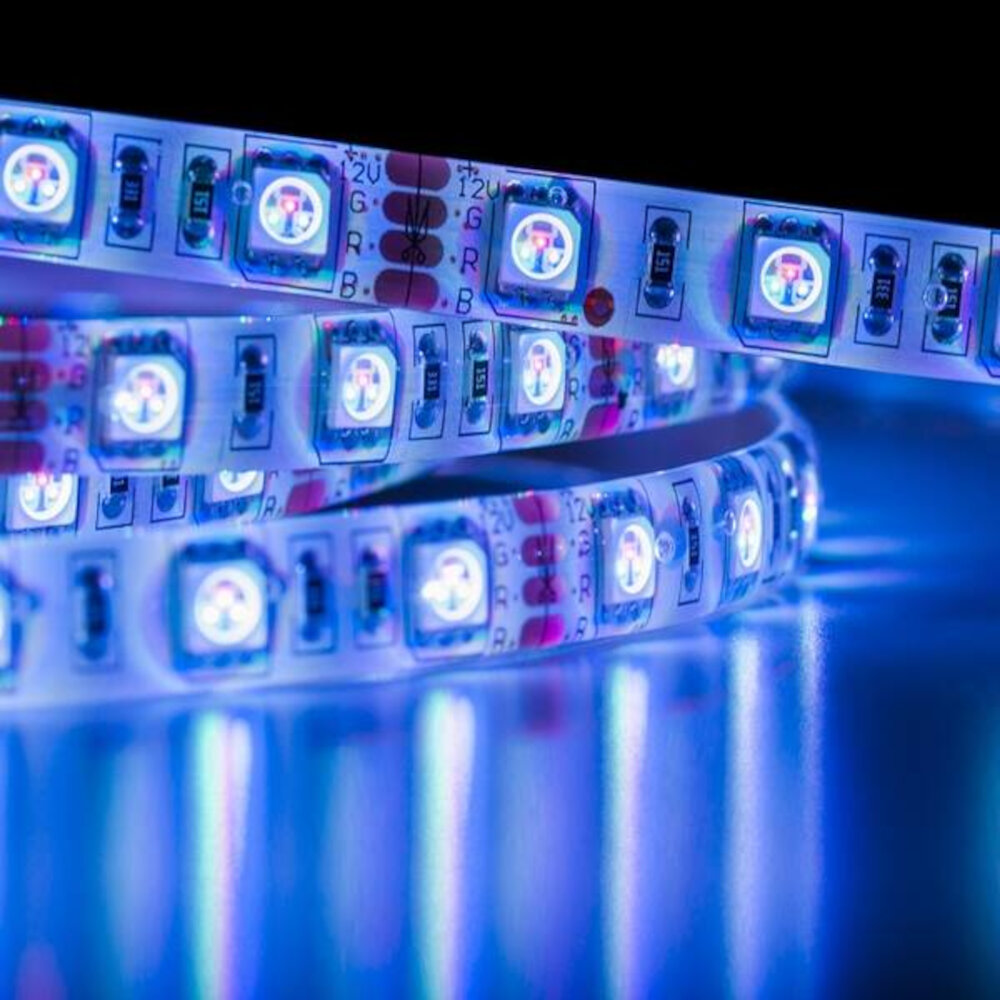
The future of LED lighting looks bright and promising. As technology continues to advance, LED bulbs are becoming more energy-efficient, cost-effective, and versatile. LED bulbs are now available in a wide range of colors, shapes, and sizes, making them suitable for various lighting applications. In addition, LED lighting is environmentally friendly, as it produces less heat and consumes less energy compared to traditional bulbs. This means that LED bulbs are expected to play a significant role in reducing energy consumption and greenhouse gas emissions in the future. Furthermore, LED bulbs are becoming more affordable and widely available, making them accessible to more consumers. LED lighting is also expected to have a significant impact on the smart home industry. With the rise of smart home technology, LED bulbs can be integrated with smart home systems, allowing users to control their lighting remotely. This means that users can adjust the brightness, color, and intensity of their lights using their smartphones or other devices. This integration can also lead to more innovative applications, such as using LED lighting to simulate natural sunlight and improve sleep patterns. Overall, the future of LED lighting looks promising, and it is likely to become an essential part of our daily lives in the years to come.
Emerging technologies are constantly transforming the way we live, work, and communicate. In recent years, LED light bulbs have become one of the most promising new technologies in the field of lighting. LED bulbs, which are significantly more energy-efficient than traditional incandescent bulbs, are rapidly gaining popularity around the world. As the demand for more efficient and sustainable lighting solutions continues to grow, LED technology is expected to play an increasingly important role in shaping the future of the lighting industry. With new advancements and innovations on the horizon, it is clear that the evolution of LED light bulbs is far from over.
The invention of LED light bulbs has opened up a world of possibilities for growth and innovation in the lighting industry. With LED technology constantly improving, the potential for more efficient and cost-effective lighting solutions is immense. The ability to control the color, brightness, and direction of LED lights has also led to creative and innovative lighting designs for various applications. Furthermore, the integration of smart technology with LED lighting has further expanded the possibilities, allowing for remote control and automation of lighting systems. As the demand for energy-efficient and sustainable lighting solutions continues to grow, LED technology is poised to play a significant role in shaping the future of lighting.
The invention and evolution of LED light bulbs have had a significant impact on the lighting industry. LED lights are more energy-efficient, have a longer lifespan, and are more environmentally friendly than traditional incandescent bulbs. This has led to a shift in consumer preference towards LED lights, which has caused a decline in demand for traditional bulbs. The lighting industry has adapted to this trend by investing in the research and development of LED technology, resulting in the creation of more advanced and versatile LED lighting products. LED lights are also used in a variety of applications beyond traditional lighting, such as in automotive lighting, horticulture, and medical devices. Overall, the rise of LED technology has transformed the lighting industry and will continue to do so in the future.
The history of LED lighting dates back to the early 1900s when scientists first discovered the phenomenon of electroluminescence. However, it wasn’t until the 1960s that practical applications of this technology were developed. The first LED was created in 1962 by Nick Holonyak, Jr., and was used primarily as an indicator light in electronic devices. Over the years, advancements in technology and materials allowed LEDs to become more efficient and versatile. By the 1990s, white LED bulbs were developed, and they quickly gained popularity due to their energy efficiency and long lifespan. Today, LED lighting has become the standard in many applications, from residential to commercial and automotive lighting. The evolution of LED technology has revolutionized the lighting industry, providing consumers with a more environmentally friendly and cost-effective alternative to traditional lighting sources.
In conclusion, the future of LED technology appears to be bright with immense potential in a wide range of applications such as lighting, displays, and communication. With the constant advancements in nanotechnology and materials science, we can expect even more efficient and environmentally friendly LED lighting solutions in the near future. Furthermore, the integration of LEDs with smart technology and the Internet of Things (IoT) is poised to revolutionize the way we interact with our environment and consume energy. As LED technology continues to evolve, we can look forward to a more sustainable and connected future.
Conclusion
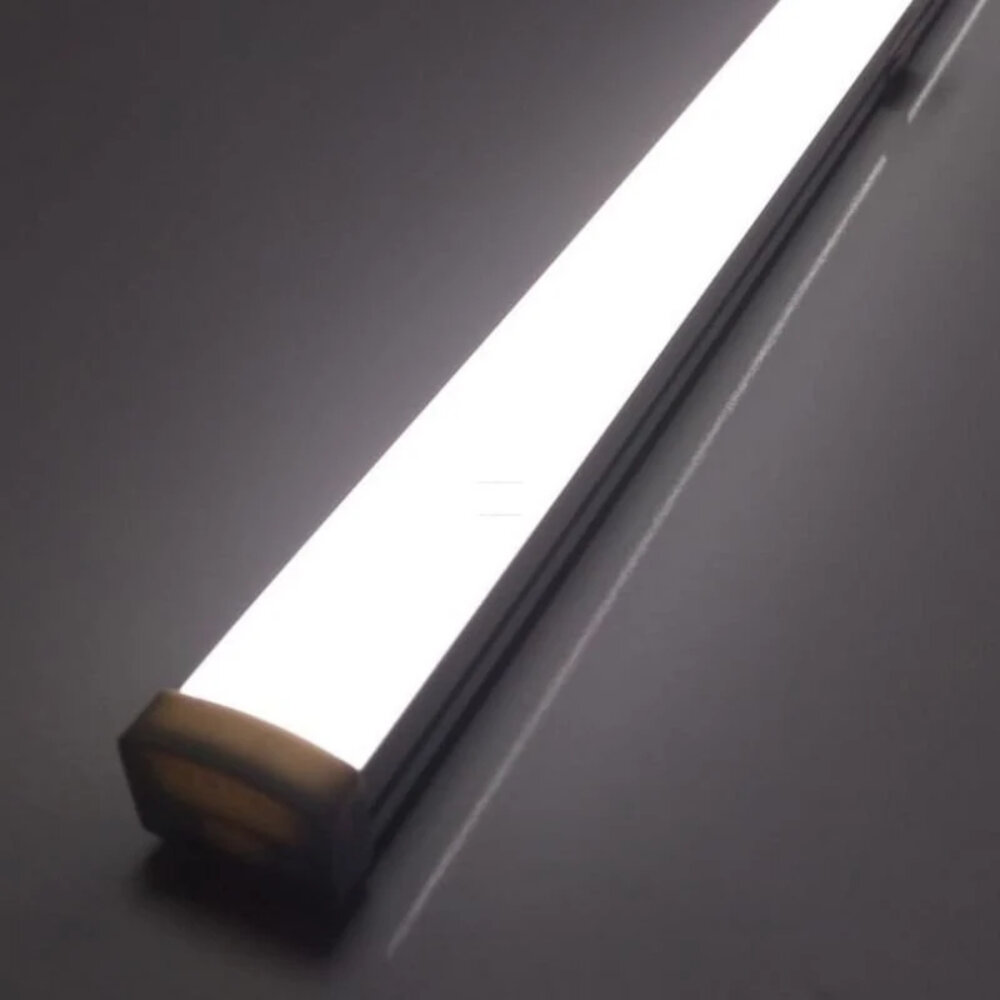
In conclusion, the history of LED light bulbs is a fascinating journey that started with the discovery of electroluminescence in the early 1900s and culminated in the development of highly efficient, long-lasting LED bulbs that have revolutionized the lighting industry. From humble beginnings as low-intensity indicators, LED lights have evolved into a versatile and ubiquitous lighting technology that is used in everything from streetlights to smartphones. The invention and evolution of LED light bulbs have not only improved our quality of life but also paved the way for a more sustainable and energy-efficient future. As we continue to explore new frontiers in lighting technology, we can expect LED lights to play a central role in shaping the world of tomorrow.

